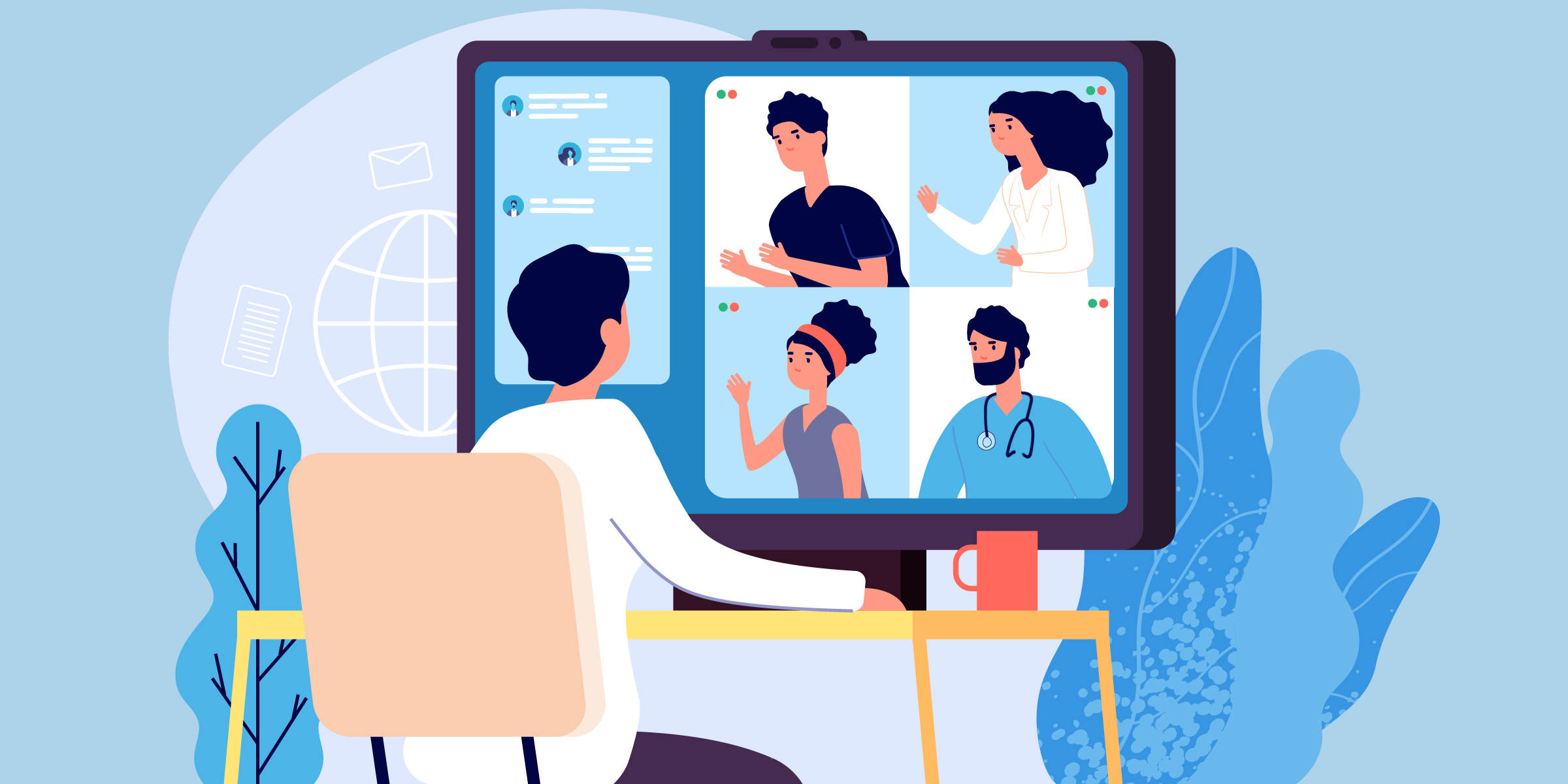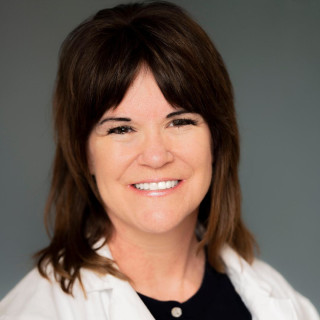
I recently attended the Society of Interventional Radiology (SIR) VIRtual Meeting, which was different from their usual in-person annual event. I decided to participate, admittedly, out of curiosity to see how SIR would accomplish such a feat.
I have attended town halls, interest group get-togethers, and other events remotely, but this was my first remote annual national meeting for a medical society. The yearly meeting, customarily scheduled for late March, was expected to occur in Seattle this year but was canceled after Washington State became an early epicenter; this was a wise move given how things have evolved.
SIR annual meetings usually last five days with various symposia, plenary, and scientific sessions dedicated to multiple IR subdisciplines. The registration I received for the SIR 2020 VIRtual Meeting described six weekend sessions: three to occur on Saturday and another three on Sunday. Each day, one Zoom session was for scientific abstract presentations, and two sessions were for the presentation of topics for SA-CME. Attendees could click on links to view posters and company information from the Expo center.
The SIR team handled the logistics admirably, especially since they canceled the initial meeting only three months ago, and the pandemic is ongoing. Session promotion started three weeks before the meeting and attendance was free. About 5,000 people typically attend the in-person meeting, and 1,800 registered for the pared-down virtual version. I received emails for each of the six sessions the day before the meeting, with each session accessible via its own Zoom link. There were no connection difficulties, and SIR staff responded quickly and appropriately to all questions.
The presentations were first-rate, albeit limited. The scientific sessions each lasted 1 hour and 45 minutes, and each SA-CME session lasted an hour and a half. Ten abstracts were presented in the scientific sessions each day. Those selected had been named newsworthy, distinguished, or featured abstracts by the Annual Meeting Committee. The Abstracts of the Year were also presented. All scientific submitters whose abstracts were accepted for oral presentation were invited to record their presentation for the post meeting DVD, which is, as in prior years, available for purchase. SA-CME topics were chronic limb ischemia and prostate artery embolization on Saturday, and immuno-oncology and women's health on Sunday. More than 500 posters were available for review either through a link in the registration confirmation email or the meeting app. CME and SA-CME credits were available through the SIR Learning Center.
There are three reasons why I attend meetings: content, CME, and connections. I was satisfied with the content and CME; however, as with any virtual meeting, there was a loss of connectedness. There are times when there is no substitute for being physically present. The virtual Expo section demonstrated this best. Catheter and other products cannot be touched and physically examined, which is crucial to IR. The virtual expo section's simulation section contains videos and abstracts, but this is no substitute for performing on an actual simulator. Catching up with people was facilitated by Twitter and question sharing among participants during the talks, however, given how easy it is now to connect remotely, I find myself craving being in the physical presence of people that is impossible virtually.
In short, SIR did a fantastic job of putting together the virtual meeting. Frankly, I expected SIR to forego all 2020 meeting efforts or, at the most, publish a journal supplement or provide a link for the posters. However, my feeling toward virtual meetings is the same as my feeling toward teleradiology: virtual meetings are less costly and helpful in some circumstances; however, there are also circumstances where a physical presence is best. The world is different now with more things done virtually, but it is uncertain how much we will retain after the virus is no longer a threat. Will we want more connectedness after months of social distancing? Or will we want to continue performing, or even expanding, what we do remotely? There is a niche for remote attendance, but I sincerely hope that SIR, and other societies, keep in-person meetings available for its members.
Dr. Thea Moran, MD is a practicing diagnostic and interventional radiologist and owner of MyriadMD Radiology Consulting, LLC (www.myriadmd.com), a company based in New Orleans, Louisiana that offers medical writing, editing, expert witnessing, and technical advising. Follow her on Twitter at @MyriadMDRadCon.
Image: MicroOne / shutterstock





